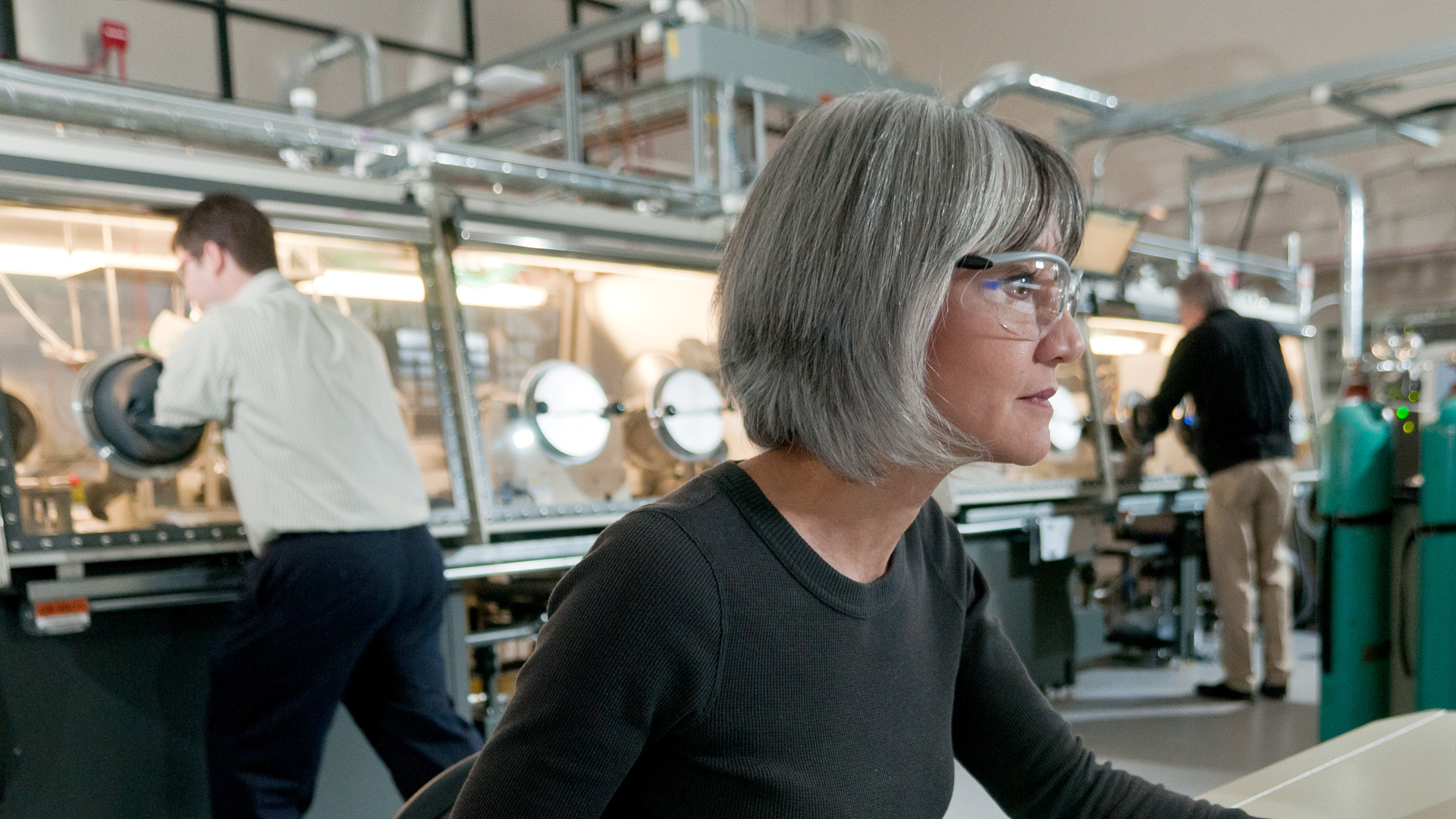The purpose of our research is to provide reliable, independent, and unbiased evaluations of battery performance and life and the identification of physical and chemical changes related to reduced performance in aged batteries.
Battery Testing: Argonne has a long history of conducting independent battery performance and life studies for the U.S. Department of Energy (DOE), dating back to the early 1970s. The EADL can test everything from small cells for consumer electronics to full-size electrical vehicle batteries. The EADL can test cells and batteries to any profile using custom design hardware and software. Also, it possesses the ability to test over a wide range of temperatures by using environmental chambers to house the test items, from cells to full-size batteries. We routinely evaluate contract and benchmarking deliverables for the USABC, USDrive, and DOE. The methods we use accelerate the performance degradation process, enabling the collection of data in a relatively short amount of time. These data are then used for modeling and life estimation.
The Solid State NMR group specializes in using high resolution MAS-NMR and static electrochemical in-situ NMR methods to characterize structure activity relationships, ionic mobility in bulk solids, and electrochemical interfaces for new energy storage chemistries. Our work includes utilizing quantitative NMR methodologies in paramagnetic systems to gain an understanding of the local structural changes that occur in a diverse range of electroactive materials including lithium rich cathodes, NMC surfaces, and silicon anodes.
Post-test Analysis: Battery testing provides a lot of information about how battery performance changes under a given set of conditions. Post-test diagnostics of the aged batteries can provide additional information, which, previously, could only be inferred. Here, the results from physical, spectroscopic, metallographic, and electrochemical tests are used to aid in the further development of a given technology. These techniques are used in a systematic fashion, similar to battery testing. This will make comparisons of failure modes within a given technology and, perhaps, across technologies easier.
